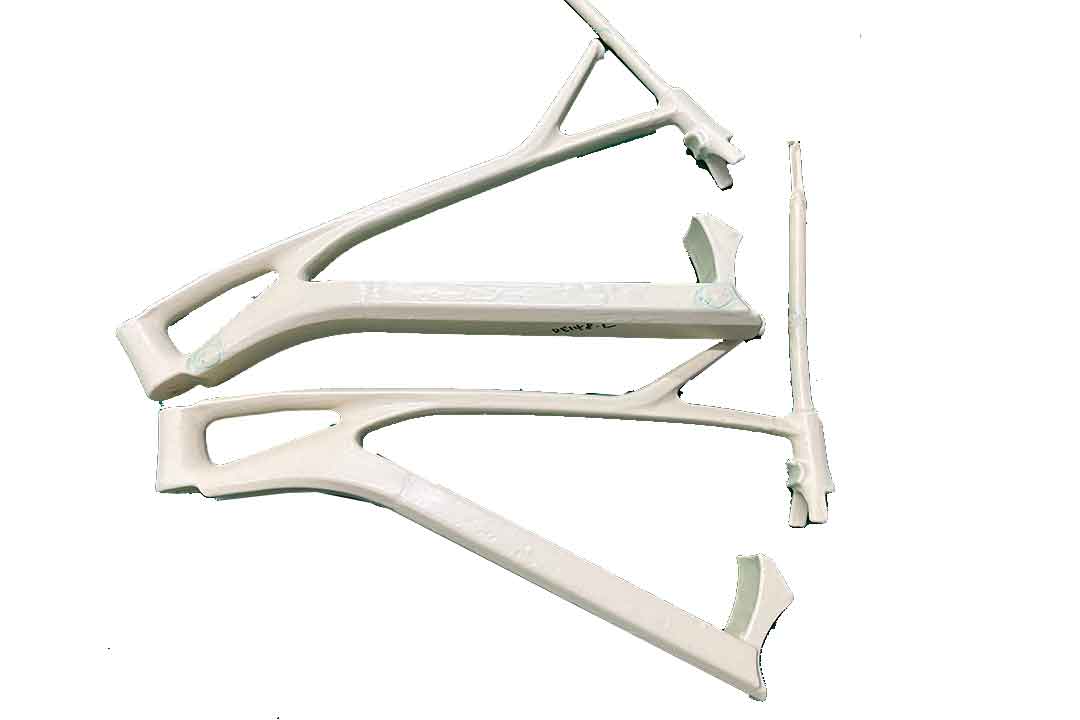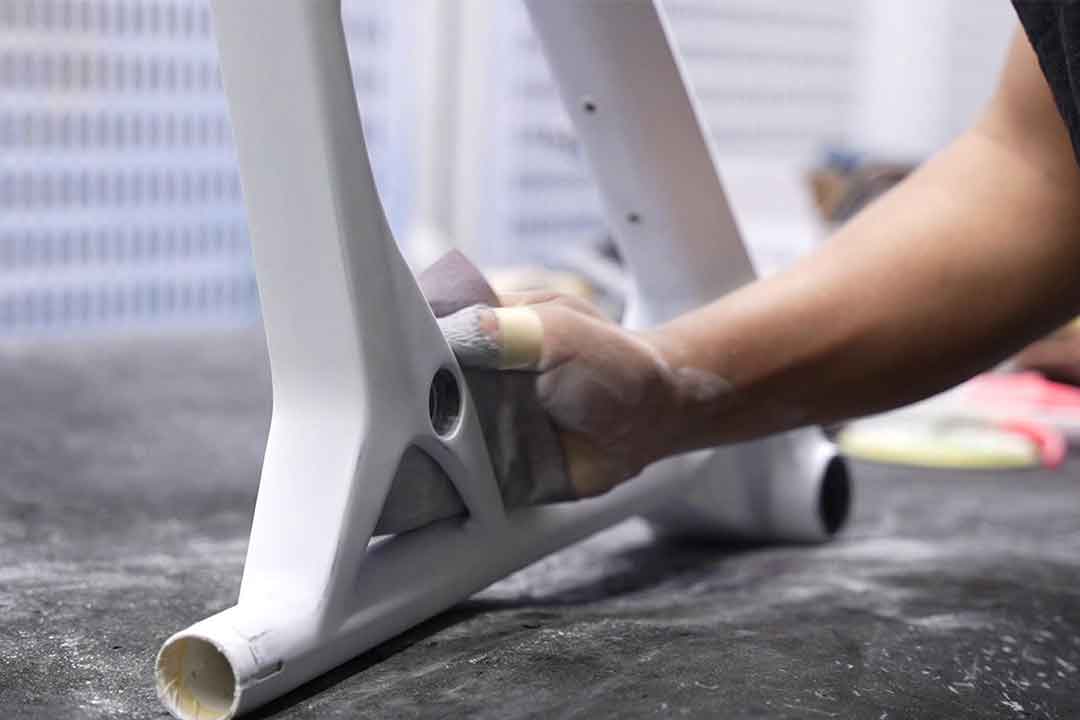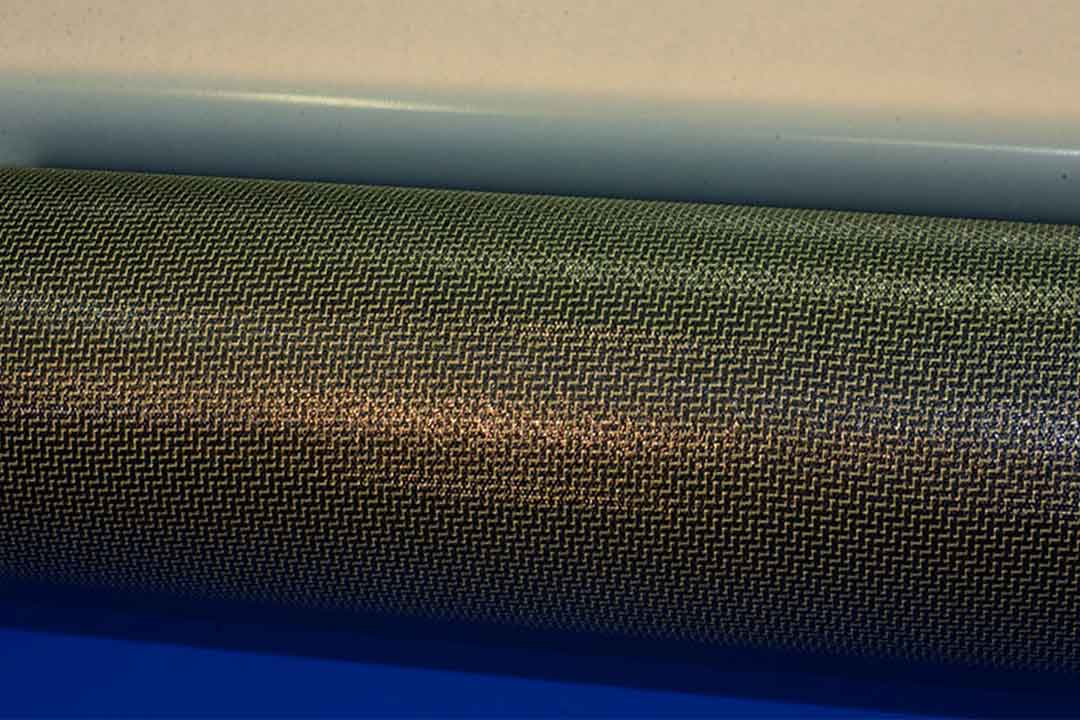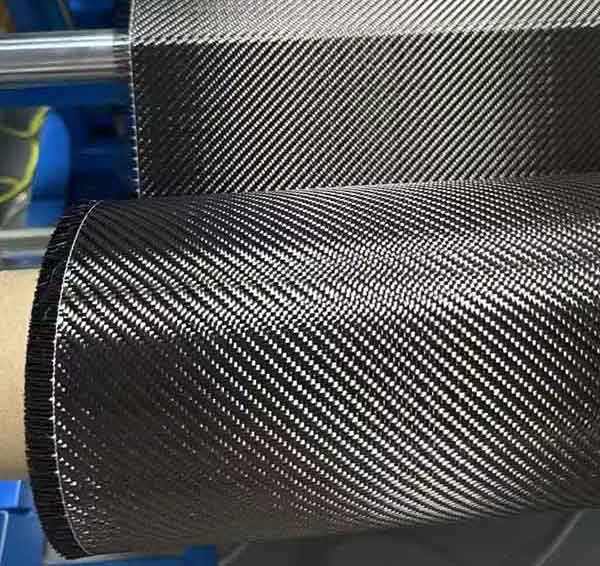Welcome to Mondince Bike - A well-known factory specialized in produce carbon bike frame and other parts since 2007.
Aluminum vs. Steel: Which Bike Material?
Choosing the right material for your bike frame is crucial as it affects the bike's performance, durability, weight, and cost. The two most common materials used in bike frames today are aluminum and steel, each with its own set of advantages and disadvantages. In this article, we’ll dive into a comprehensive comparison of aluminum vs. steel bikes to help you make an informed decision.
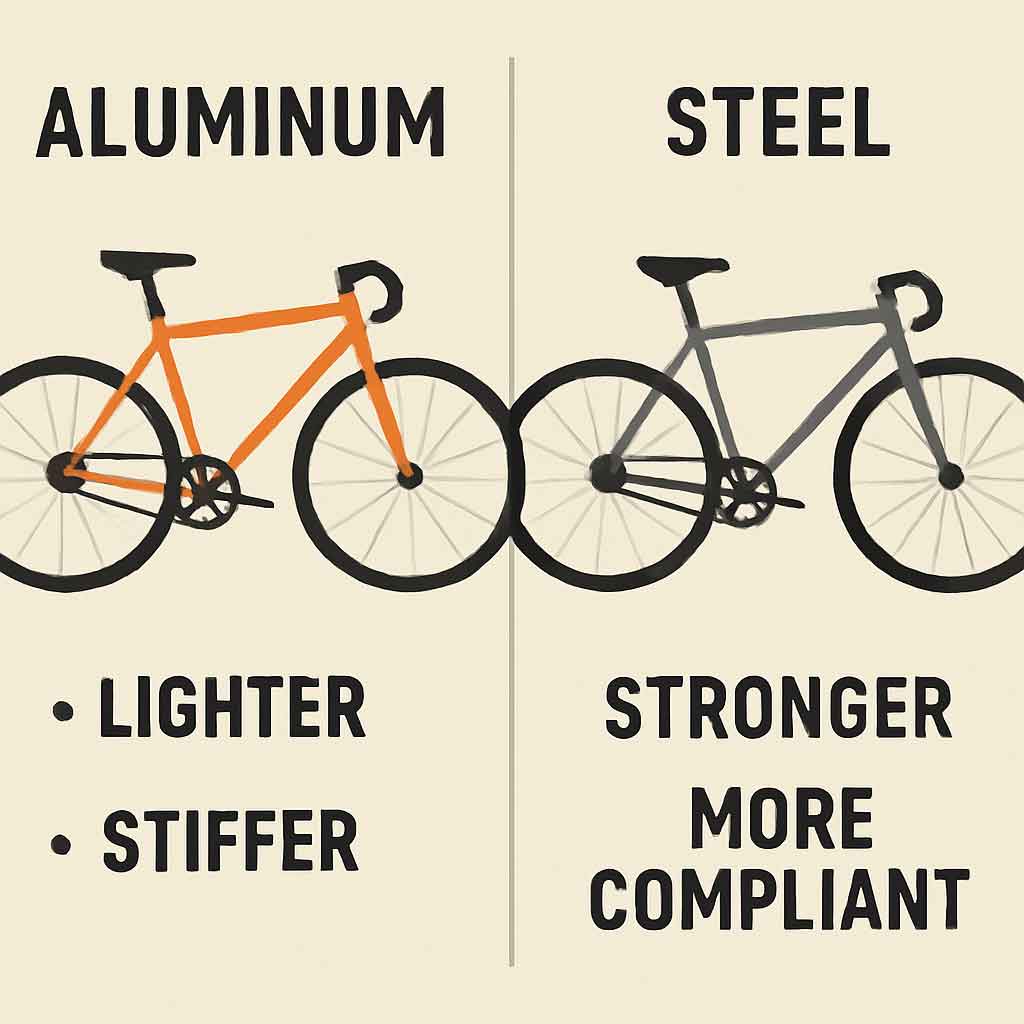
Understanding Bike Material Basics
Before we delve into the specifics, it's important to understand why the material of a bike frame matters. The frame is the skeleton of the bike, and its material influences how the bike feels when you ride it. Factors like weight, strength, flexibility, and cost all come into play.
The Role of Weight
Weight is a significant factor for cyclists, especially those interested in speed and performance. A lighter bike is easier to pedal uphill and accelerate. Therefore, the material of the bike frame plays a vital role in determining the overall weight of the bike.
Durability and Longevity
Durability is another essential consideration. You want a bike that can withstand the rigors of riding over various terrains and last for many years. The material must be strong and resistant to wear and tear.
Aluminum Bikes: Lightweight and Efficient
Aluminum is a popular choice for bike frames, particularly for those looking for a lightweight and cost-effective option.
Advantages of Aluminum Bikes
- Lightweight: Aluminum frames are known for their lightweight properties, making them ideal for racing and long-distance rides. A lightweight aluminum bike is easier to handle and maneuver.
- Corrosion Resistance: Unlike steel, aluminum doesn't rust, which means it requires less maintenance over time. This makes aluminum bikes a good choice for riders in wet or humid climates.
- Affordable: Generally, aluminum bikes are more affordable than steel bikes, making them an attractive option for budget-conscious riders.
- Stiffness: Aluminum frames are stiffer, which means they can efficiently transfer power from the pedals to the wheels, providing a responsive ride.
Disadvantages of Aluminum Bikes
- Less Comfortable: The stiffness of aluminum can lead to a harsher ride, as it doesn't absorb shocks and vibrations as well as steel.
- Fatigue Resistance: Aluminum has a lower fatigue limit compared to steel, meaning it may not last as long under repetitive stress over the years.
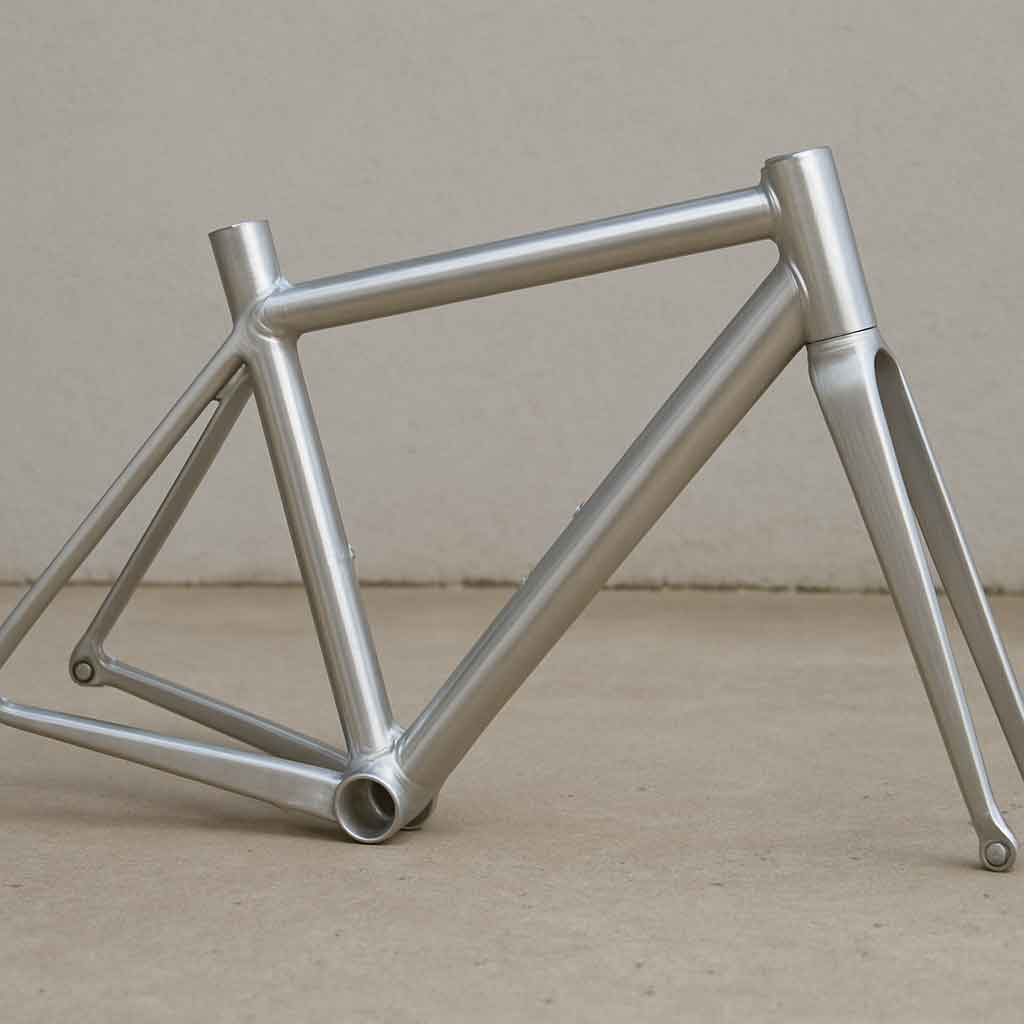
Steel Bikes: Strong and Comfortable
Steel has been used in bike frames for over a century and remains a favorite among many cyclists for its strength and comfort.
Advantages of Steel Bikes
- Strength and Durability: Steel is incredibly strong and can withstand a lot of stress, making it a durable choice for bike frames. Steel bike frames are less likely to crack or break under pressure.
- Comfortable Ride: Steel frames offer a smoother ride because they can absorb more road vibrations compared to aluminum frames. This makes them a great choice for long-distance touring.
- Repairable: Steel frames can be easily repaired if damaged. Unlike aluminum, which can be challenging to mend, steel can be welded, which extends the life of the bike.
- Classic Aesthetics: Many cyclists appreciate the classic look of steel bikes, which often feature slender tubes and elegant design.
Disadvantages of Steel Bikes
- Heavier: Steel is heavier than aluminum, which can be a disadvantage for competitive riders or those who frequently carry their bikes.
- Corrosion: Steel is prone to rust if not properly maintained, especially in wet conditions. Regular upkeep is necessary to prevent corrosion.

by Luca David (https://unsplash.com/@lucagoesto)
Steel vs. Aluminum: Making the Decision
When deciding between steel and aluminum for your bike frame, consider your riding style, budget, and maintenance preferences.
Consider Your Riding Style
- If you prioritize speed, performance, and a lightweight frame, an aluminum bike might be the best choice.
- If you value comfort, durability, and the ability to repair your bike, a steel bike could be more suitable.
Budget Considerations
- Aluminum bikes are often less expensive, making them a good option for entry-level riders or those on a budget.
- Steel bikes, while typically more expensive, offer long-term value due to their durability and reparability.
Maintenance Needs
- Aluminum requires less maintenance due to its resistance to rust, whereas steel needs regular attention to prevent corrosion.
Conclusion
Both aluminum and steel have their unique strengths and weaknesses. Your decision should be based on your specific needs, preferences, and riding habits. Whether you choose a lightweight aluminum bike for speed or a robust steel bike for comfort, both materials can provide a reliable and enjoyable cycling experience. Consider test riding bikes made from both materials to see which one feels right for you. Happy cycling!



